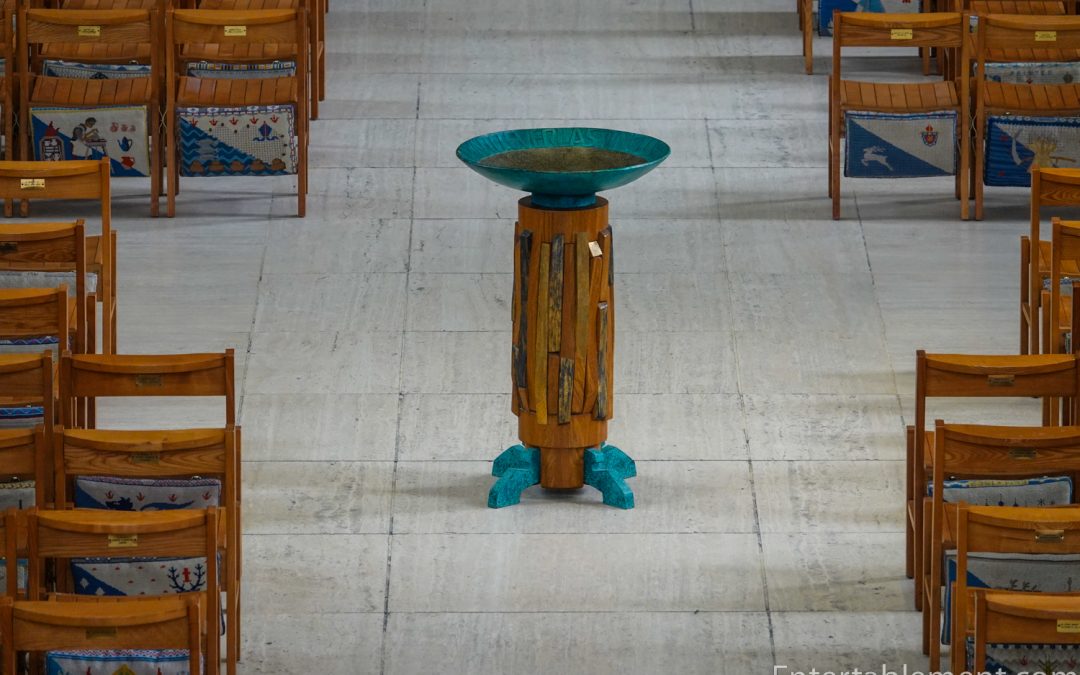Previous post in the series: The Victorians to the Rescue
New dioceses and their cathedrals continued to appear in the 20th century, though the pace of restoration of earlier cathedrals slowed. And people being people, arguments over preferred styles continued.
George Gilbert Scott’s grandson, Giles Gilbert Scott, began a modern exercise in Gothic revival with Liverpool Cathedral in 1901, and we were still waiting for its completion 50 years later. If only it had been worth the wait.
The aftermath of the Second World War brought modern architecture to the fore. To the consternation of many, bomb-damaged—no, that’s too mild—bomb obliterated—Old Coventry Cathedral was not restored but replaced with an aggressively modern building, bizarrely joined to the ruins of the old in a constant reminder of what might have been.
During the last few decades of the 20th century, an odd phenomenon began to shape footfall in the cathedrals. Attendance for religious observance fell steadily, particularly at parish churches (at a rate of 5% per annum). But at the turn of the century, cathedral attendance rose sharply —from 25,000 to 35,000 per week—an increase of nearly 30%, aided by tourists.
The stated reasons are manifold, from the greater prevalence of mid-week evensong makes attendance more accessible to more lively musical and social activities on offer. But perhaps it’s simply that people are attracted to the beauty and seeming permanence of the buildings themselves—a sense of awe at the sheer resilience of both faith and fabric.
This renewed interest has translated into an increased number of volunteers. And many cathedrals now charge an entrance fee, reducing the dependence on fundraising and weekly contributions. The “big six”, Canterbury, Durham, St Paul’s, Salisbury, Winchester and York, are now financially self-sufficient. Many others have diversified their revenue stream by offering rentals of their nave and chapter houses for concerts, theatre productions and other local needs.
Since the 16th century, our lovely cathedrals have witnessed untold strife, received vigorous abuse and suffered from profound neglect. And yet—they have not only survived but thrived. Long may they live!









